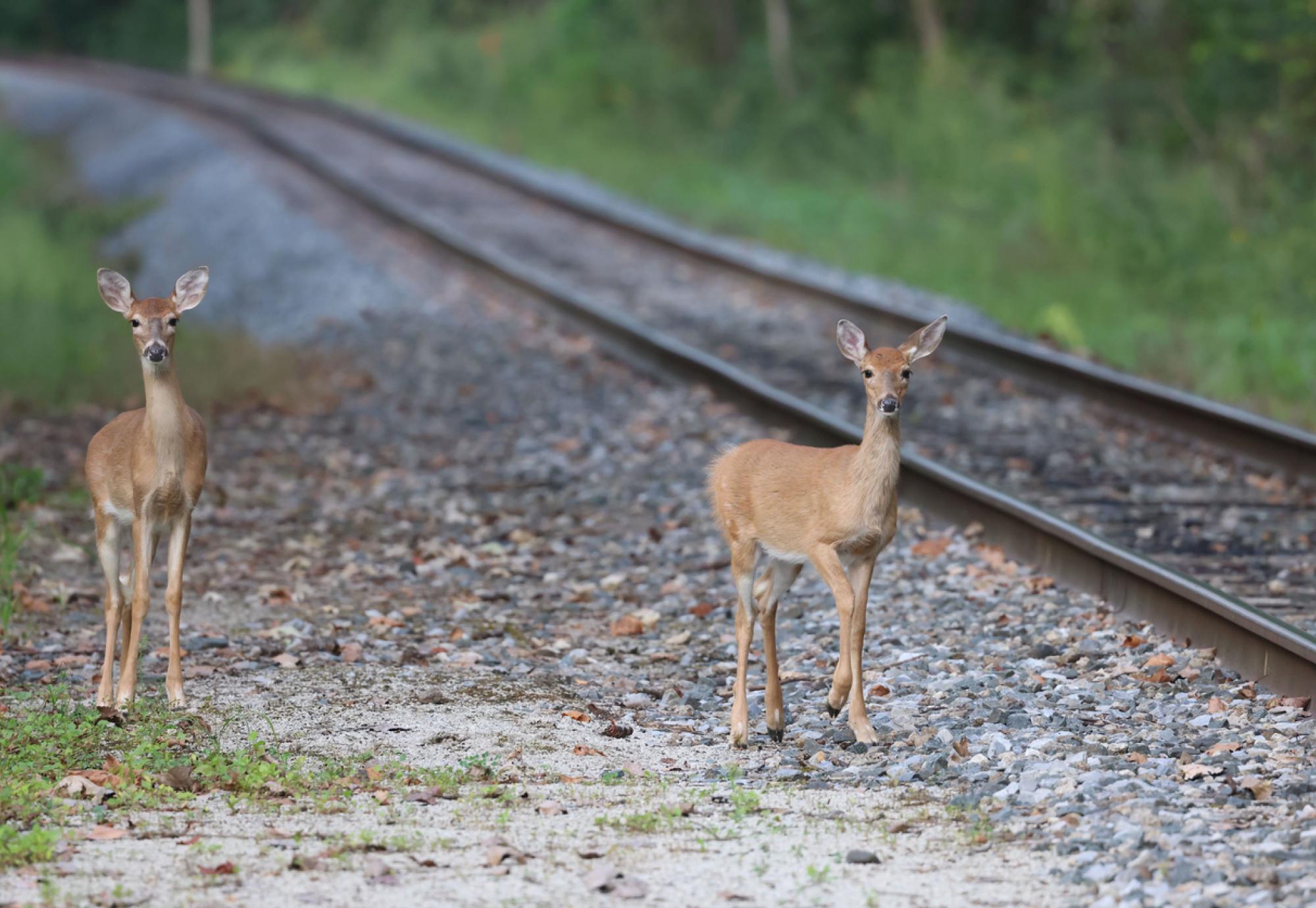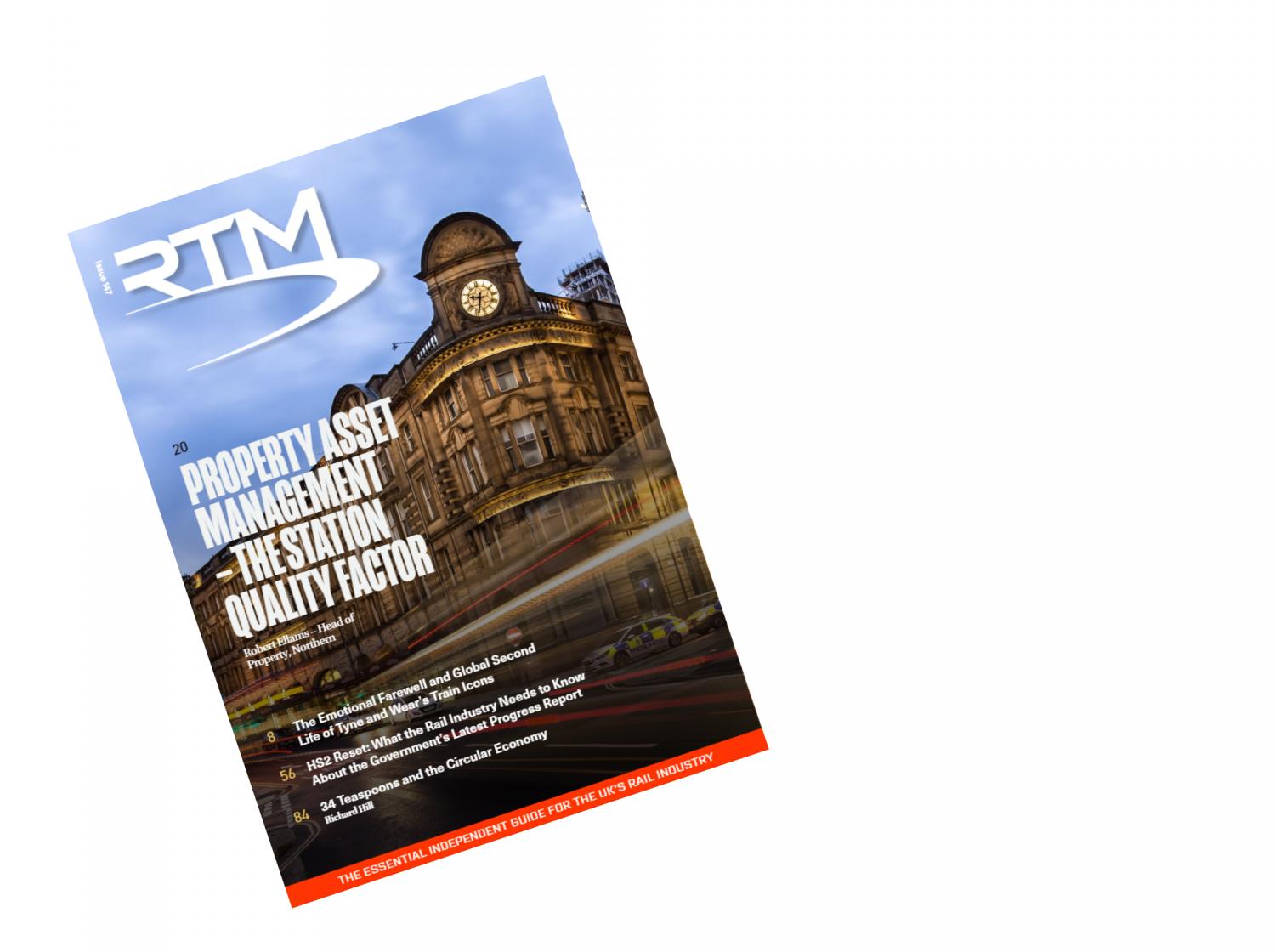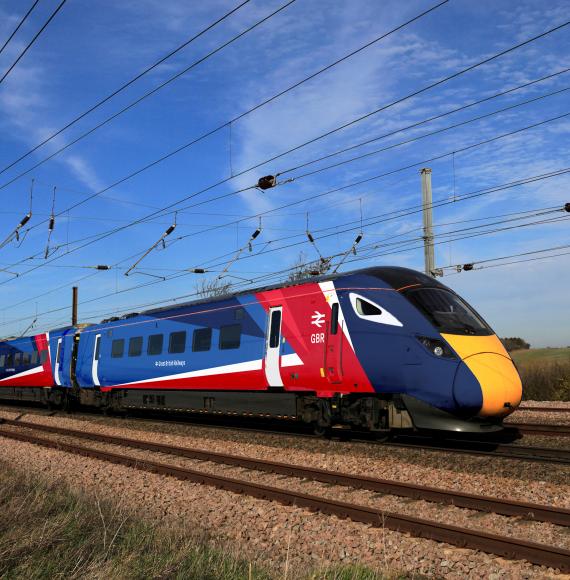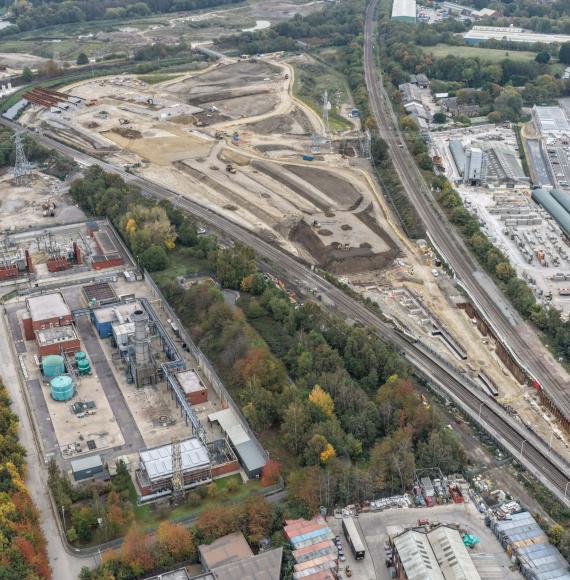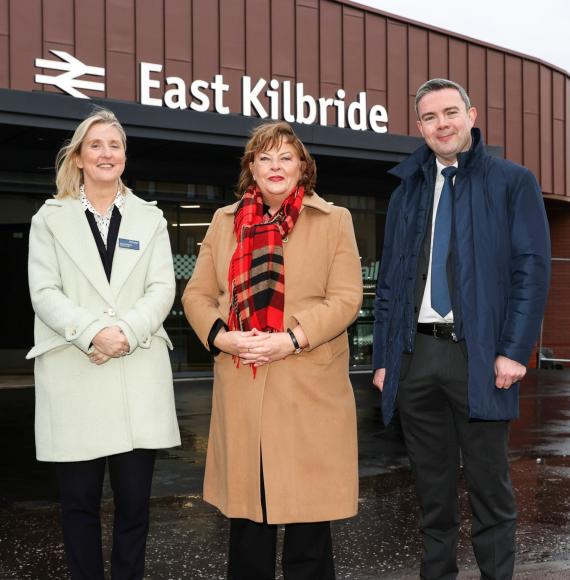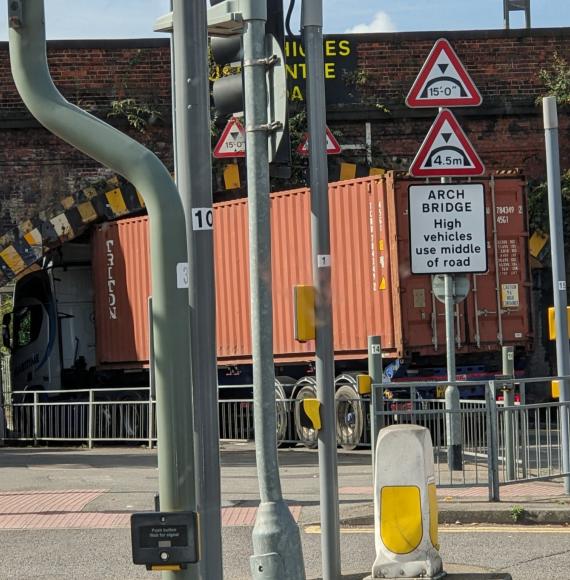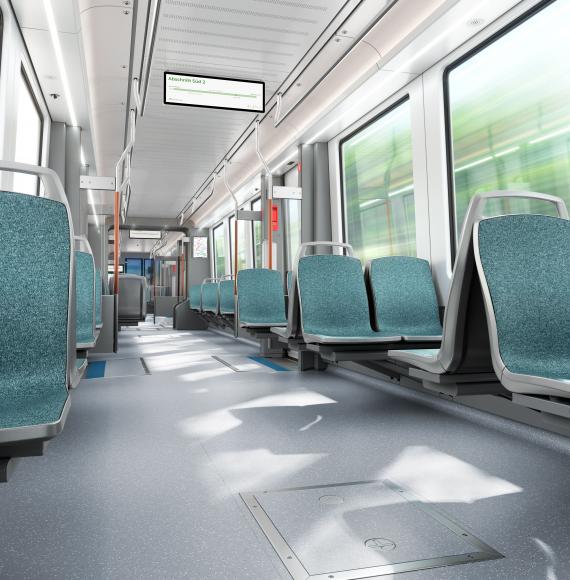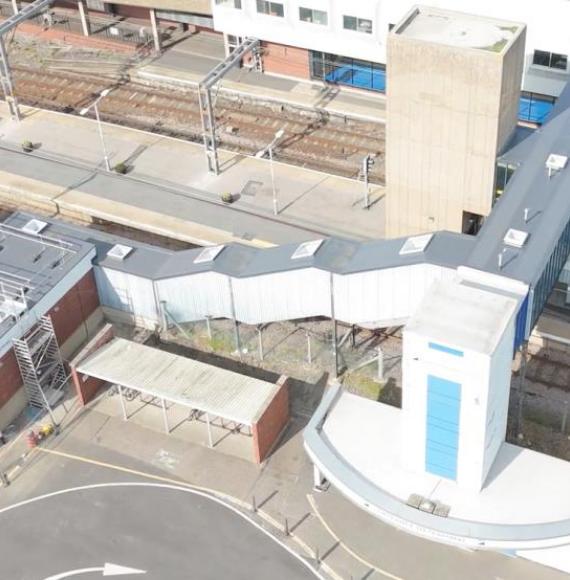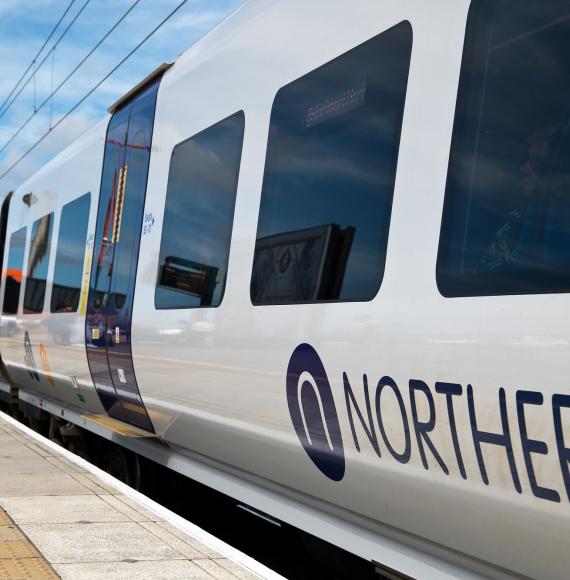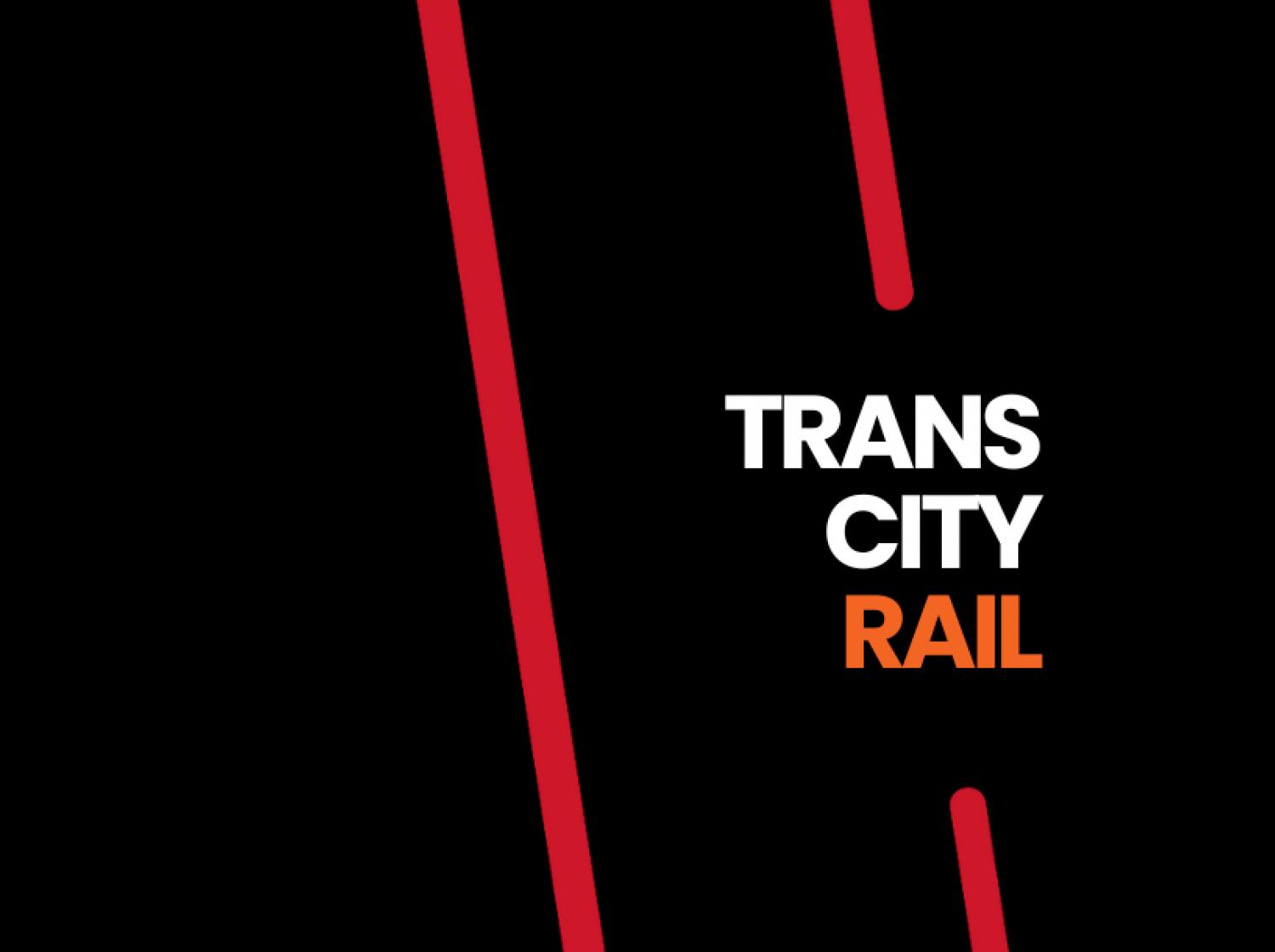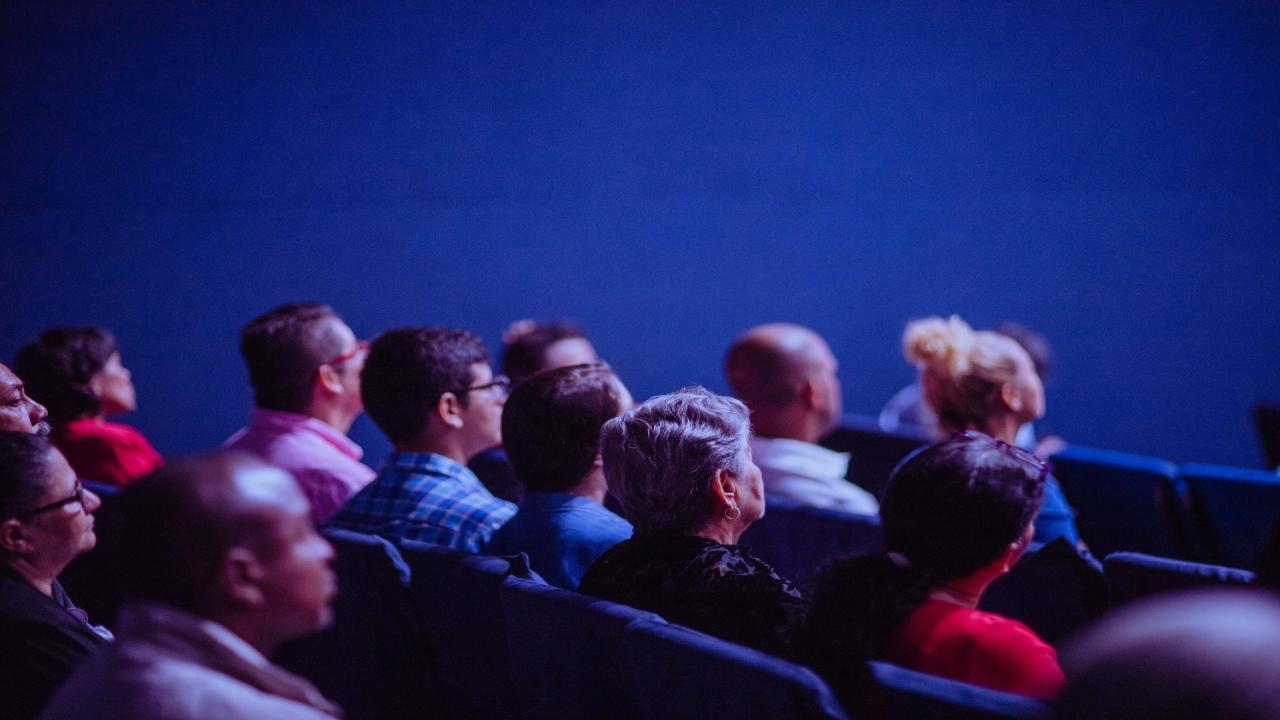Alstom, and FLOX Robotics, an innovator in robotic solutions, have announced a collaboration to develop a new wildlife collision prevention solution. The technology leverages advanced image analytics and AI algorithms to identify animals in proximity and emit a tailored repellent noise to deter them.
Wildlife collisions are a significant issue in the railway sector, resulting in substantial material damages, emotional trauma for train drivers, and fatalities for the animals. The collaboration aims to address this challenge by developing a solution that is both effective and sustainable.
The Alstom-FLOX Robotics system is unique in its ability to adapt over time, ensuring sustained effectiveness. Traditional systems that emit a consistent noise for all animals often fail to deter certain species. Moreover, systems that generate noise upon a train's approach can unnecessarily disturb both the local community and wildlife not present on the tracks.
The new solution uses advanced image analytics to identify animals in proximity and emit a tailored repellent noise to deter them. The repellent noise is specifically designed to be effective against a wide range of animal species, and it adapts over time to ensure that animals do not become accustomed to it.
Gaël Chosson, innovation station manager at Alstom, said: "As a global leader in mobility solutions, Alstom is strongly committed to more than just connecting places. Our primary focus is to ensure that our innovations respect and protect the world around us.
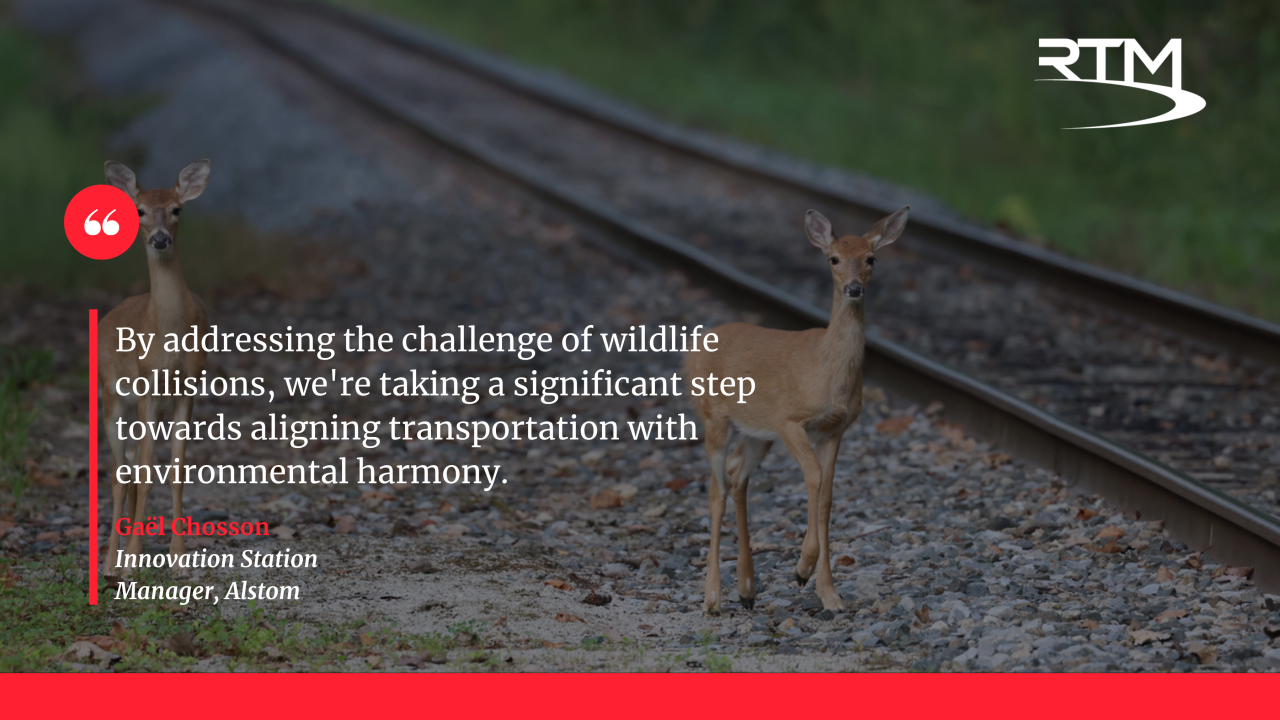
Our collaboration with FLOX Robotics exemplifies this commitment. By addressing the challenge of wildlife collisions, we're taking a significant step towards aligning transportation with environmental harmony. We believe that with technology and determination, we can create solutions that benefit both humanity and nature."
Sara Nozkova, chief executive officer at FLOX Robotics, said: "We combine state-of-the-art wildlife expertise with artificial intelligence to make sure the solution is multi-species, autonomous and works with high efficiency over long periods of time - to prevent wild animals from becoming accustomed to it, which has proven to be an issue with existing solutions."
Tests conducted in Sweden with Trafikverket, the Swedish National Transport Administration, have confirmed the effectiveness of the new solution in 88% of cases. The collaboration aims to roll out pilot projects in selected regions later this year.
Photo Credit: iStock

